Video
Sign up for our newsletter
We summarize the week's scientific breakthroughs every Thursday.
-
 Space
Space2019 brought us the first image of a black hole. A movie may be next
The Event Horizon Telescope team is gearing up for more black hole discoveries.
-
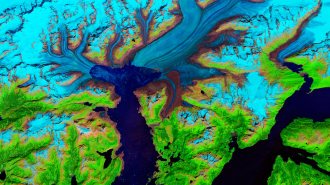 Climate
ClimateSee how an Alaskan glacier has shrunk over time
Scientists have created a time-lapse series of images of the retreat of an Alaskan glacier using NASA and U.S. Geological Survey Landsat data.
-
 Space
SpaceRealigning magnetic fields may drive the sun’s spiky plasma tendrils
Solar spicules emerge near counterpointing magnetic fields, hinting that self-adjusting magnetism creates these filaments, which may heat the corona.
-
 Animals
AnimalsFlipping a molecular switch can turn warrior ants into foragers
Toggling one protein soon after hatching makes Florida carpenter ants turn from fighting to hunting for food.
By Jake Buehler -
 Animals
AnimalsSilver-backed chevrotains have been ‘rediscovered’ by science after 29 years
With help from Vietnamese villagers, researchers captured photos of a species of deerlike ungulate thought lost to science nearly three decades ago.
-
 Neuroscience
NeuroscienceSleep may trigger rhythmic power washing in the brain
Strong, rhythmic waves of cerebrospinal fluid wash into the human brain during sleep and may help clean out harmful proteins.
-
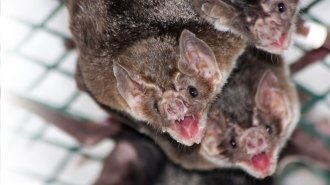 Life
LifeVampire bat friendships endure from captivity to the wild
Vampire bats can form social bonds that persist from a lab setting to the outdoors, suggesting the cooperative relationships are like friendships.
-
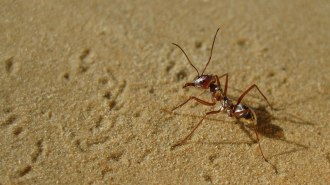 Life
LifeSaharan silver ants are the world’s fastest despite relatively short legs
Saharan silver ants can hit speeds of 108 times their body length per second.
By Susan Milius -
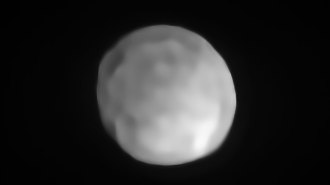 Space
SpaceThe solar system may have a new smallest dwarf planet: Hygiea
New images reveal Hygiea is round, a final criterion for promoting the wee world from asteroid to dwarf planet status.
-
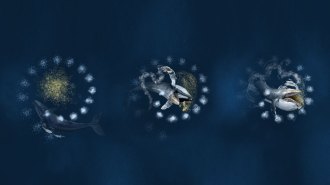 Animals
AnimalsHumpback whales use their flippers and bubble ‘nets’ to catch fish
A study reveals new details of how humpback whales hunt using their flippers and a whirl of bubbles to capture fish.
By Sofie Bates -
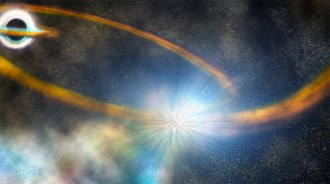 Space
SpaceA supermassive black hole shredded a star and was caught in the act
Astronomers have gotten the earliest glimpse yet of a black hole ripping up a star, a process known as a tidal disruption event.
-
 Climate
ClimateMalin Pinsky seeks to explain how climate change alters ocean life
As global temperatures rise, Malin Pinsky’s research attempts to understand how marine ecosystems are changing and why.